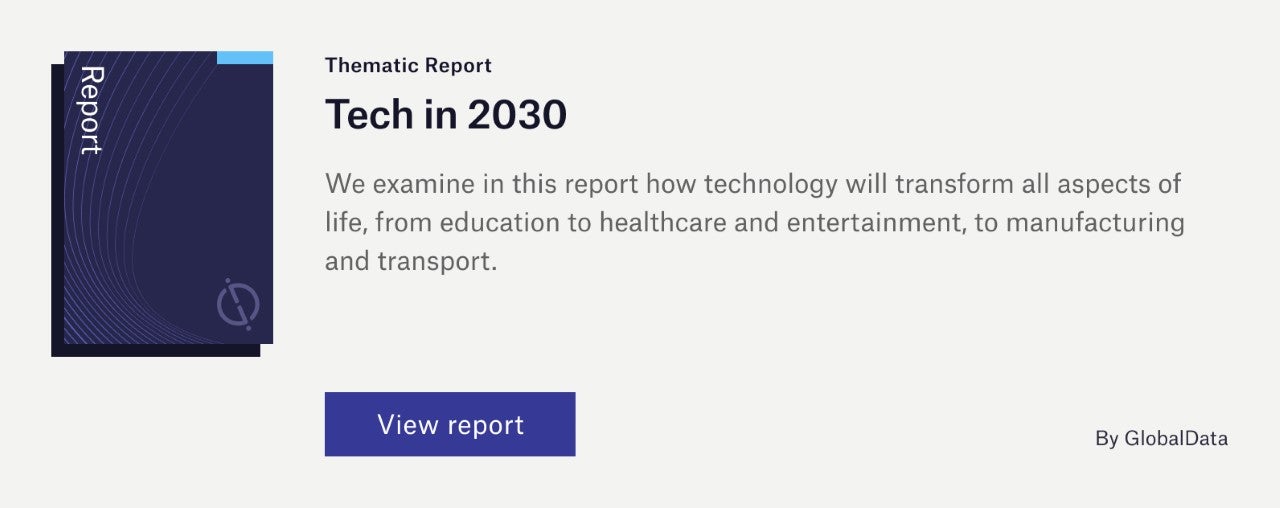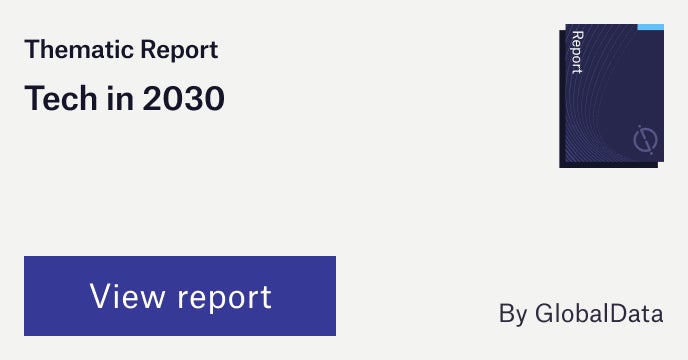The future of the travel and tourism industry will be shaped by a range of disruptive themes, with robotics being one of the themes that will have a significant impact on attraction operators. A detailed analysis of the theme, insights into the leading companies, and their thematic and valuation scorecards are included in GlobalData’s thematic research report,Robotics in Travel and Tourism – Thematic Intelligence. Buy the report here.
Robotics, or robotic process automation (RPA), is the application of technology that allows employees in a company to configure computer software, or a ‘robot’, to capture and interpret existing applications for processing a transaction, manipulating data, triggering responses, and communicating with other digital systems.
The deployment of robotics lessens the chance of contracting Covid-19 for travellers, for example, through limiting the frequency of human interaction between staff and guests. As a result, robots are now becoming less of a gimmick and more of a necessity for hotel companies looking to inspire traveller confidence. For businesses, investment in robotics to replace human jobs will help to boost bottom lines in the long term. Although the initial cost of investing in robotics will be high, many companies will make back what they have invested in just a few years, then after that, companies will continue to shrink fixed costs and increase profit margins.
However, not all companies are equal when it comes to their capabilities and investments in the key themes that matter most to their industry. Understanding how companies are positioned and ranked in the most important themes can be a key leading indicator of their future earnings potential and relative competitive position.
According to GlobalData’s thematic research report, Robotics in Travel and Tourism, leading adopters include: Walt Disney and Comcast.
Insights from top ranked companies
Walt Disney owns and operates major theme parks and resorts located across the globe. One of the major environmental objectives Disney is working towards is the addition of two separate solar plants, built in collaboration with local utility partners at Walt Disney World in Florida. Scheduled to open in the next two years, the facilities will reportedly produce renewable energy equivalent to about 40% of the total power consumption across its four theme parks, resort hotels, and water parks. The company has also set strong targets for 2030. In eight years, Disney is aiming for net-zero emissions in its direct operations, and 100% zero-carbon electricity.
Comcast owns several major theme parks across the globe, mainly under its Universal Parks & Resorts brand. In 2021, Universal Beijing Resort achieved LEED Gold status using the LEED (Leadership in Energy and Environmental Design) for Cities and Communities rating system. This meant it was the world’s first theme park resort destination to earn this label. The certification comes after years of dedicated planning and work to create a more environmentally friendly and community-driven resort. Universal Beijing Resort partnered with the government to create new public transit offerings for the community around the resort, including a metro station with two lines, and new bus stops with electric shuttle buses for team members. There were also extensive walkways and bike lanes implemented for the use of team members, guests, and community residents. The resort also provides on-site housing built to the highest energy standards for more than 8,000 team members who reside there. Universal Beijing Resort reached partnerships with more than 30 local schools to create specialised tourism industry coursework so local residents can prepare for a career in tourism.
To further understand the key themes and technologies disrupting the travel and tourism industry, access GlobalData’s latest thematic research report on Robotics in Travel and Tourism.
- Miral
- SeaWorld
- Compagnie des Alpes
- Six Flags
- Parques Reunidos
- Ardent Leisure
- Puy du Fou
- Tivoli
Data Insights
From

The gold standard of business intelligence.
Blending expert knowledge with cutting-edge technology, GlobalData’s unrivalled proprietary data will enable you to decode what’s happening in your market. You can make better informed decisions and gain a future-proof advantage over your competitors.
Frequently asked questions
-
1. How are Travel & Tourism companies using robotics?
Travel & Tourism companies are using robotics in various ways, such as customer service robots in hotel restaurants and room service, contactless delivery services, and automated cleaning services using UV light. Robotics can contribute to operational efficiency and cost saving, safety, customer service, and guest experience.
-
2. How does robotics impact the Travel & Tourism industry?
Investment in robotics covers four major use cases: operational efficiency and cost saving, safety, customer service, and guest experience.
-
3. Who are the leading robotics adopters in Travel & Tourism?
Some of the top robotics adopters in Travel & Tourism include MSC Cruises, China Eastern Airlines, easyJet, and Hartsfield-Jackson Atlanta International Airport.
-
4. How does investment in robotics help Travel & Tourism companies?
Robotics in travel and tourism can contribute to operational efficiency and cost saving, safety, customer service, and guest experience.
-
5. What are the challenges with adoption of robotics in Travel & Tourism?
Some of the challenges with adoption of robotics in Travel & Tourism include cybersecurity, customer service, data privacy, and ESG concerns.
-
6. Who are the leading robotics vendors in Travel & Tourism?
Some of the leading robotics vendors in Travel & Tourism include Cognex, Cyberdyne, and Estun Automation.
-
7. What are the components of the robotics value chain?
The robotics value chain includes robot manufacturing, hardware components, software components, and robotics as a service.









